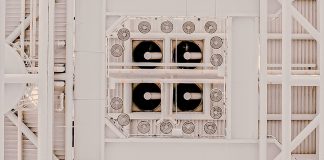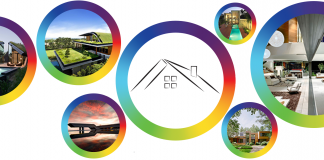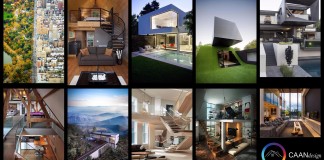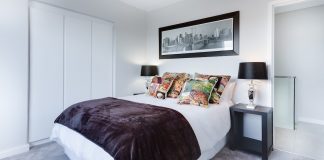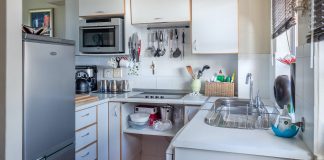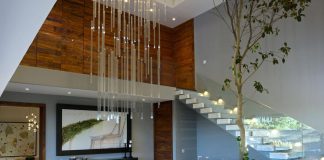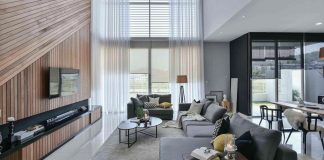For information on how to advertise on CAANdesign, or in order to get more information about rates and availability by contacting us at [email protected] with “advertise” in the subject line. Thanks and feel free to contact us!
P.S – If you have other sponsorship ideas you can contact us and we can discuss.
Please note that we do not accept guest posts that are hard sells, or done solely for the purpose of back links.










